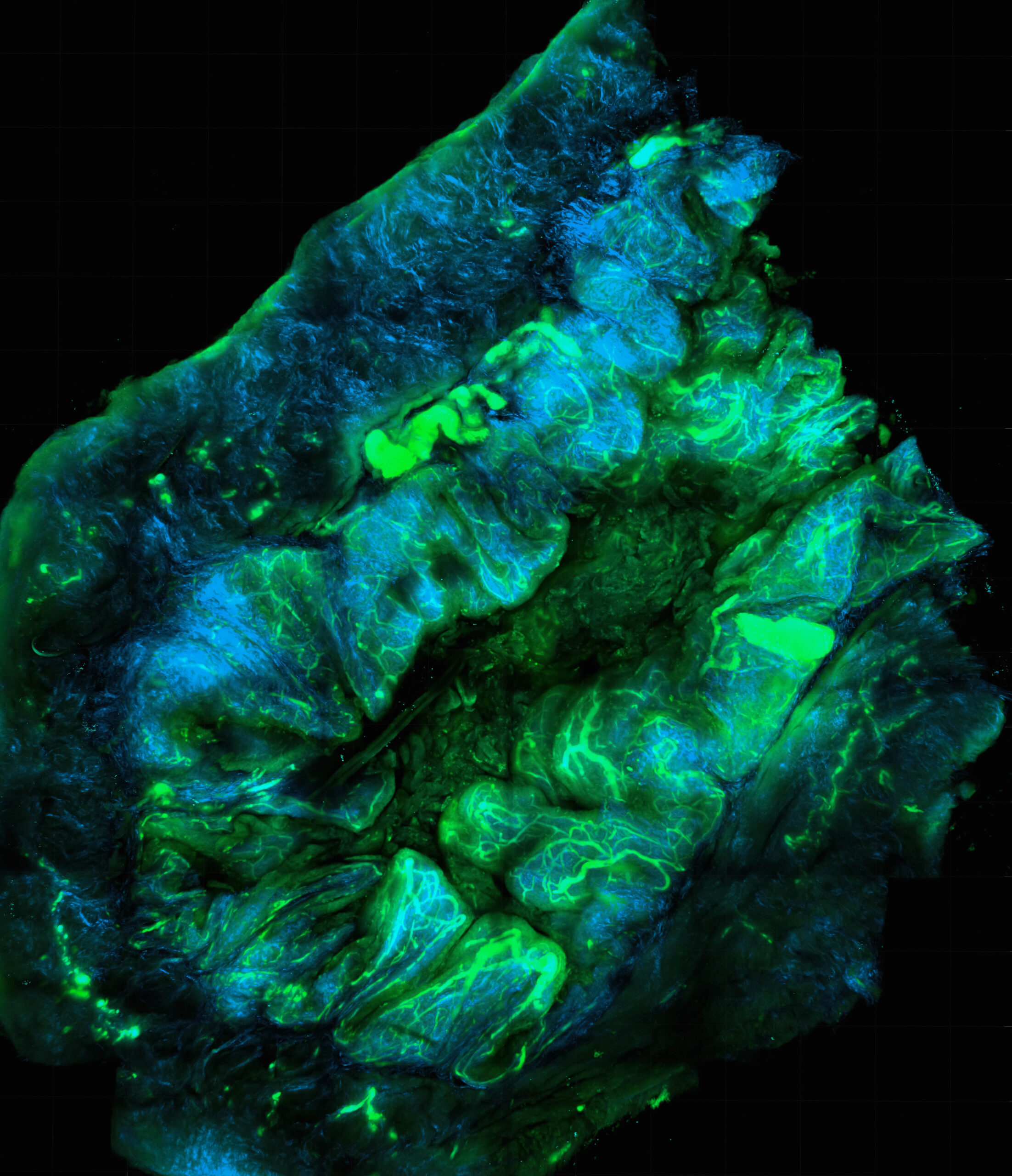Authored by Cello Health BioConsulting, now part of Lumanity
In pondering the ongoing discoveries and nascent technologies that could advance the treatment of cancer in the coming decade, I am not sure if the image I have in my head is that of the fabulously arrayed diversity of options in the Food Hall at Harrod’s (a metaphor I have previously employed in a webinar about the wide range of approaches in immunotherapy) or if it is the less sanguine image from the end of “The Raider’s of the Lost Ark” where all the marvelous (and magical) discoveries are sealed and stowed away in a nearly infinite warehouse of never-to-be-used innovations.
I introduce this latter seemingly somber note not to be pessimistic about our ultimate hope of curing more people with more kinds of cancers but to make sure we are realistic as the many varied challenges in bringing innovations to the point of practical utility and availability. As I have often discussed with Oncology experts like Kapil Dhingra, these exciting targets and MOAs, platforms and modalities, involve high risk and always more time than expected to reduce them to practice, which although perhaps not exactly paralleling the history say of monoclonal antibodies, certainly could take us a decade or more. The Gartner Innovation Cycle certainly plays out in many variations and timelines: the idea of key discoveries triggering a wave of research and excitement, of hope then morphing into hype, followed by stumbles and misdirections, then disillusionment if not a period of scorn and abandonment, before the discovery of the missing link and then enlightenment before finally widespread adoption.
So, what are some of these key therapeutically relevant advances that are coming along? (in no particular order):
*Dark DNA/RNA such as long non-coding RNA
*Senescence
*Allogeneic adoptive cell therapies
*Targeted protein degradation
*Tumor and immune cell reprogramming
*Early diagnosis and intervention (historically given the misleading and challenging epithet of “chemoprevention”).
“ The Gartner Innovation Cycle certainly plays out in many variations and timelines: the idea of key discoveries triggering a wave of research and excitement, of hope then morphing into hype, followed by stumbles and misdirections, then disillusionment if not a period of scorn and abandonment, before the discovery of the missing link and then enlightenment before finally widespread adoption.”










